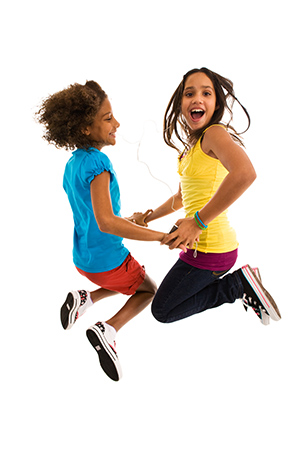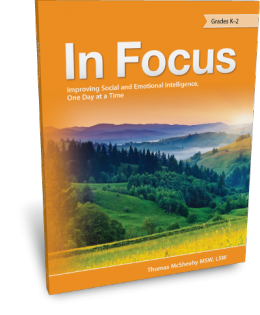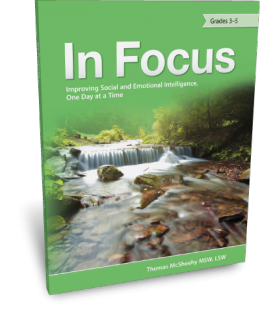
“So, you’re a teacher. What do you teach?”
“I teach children.”
In an environment of standards and assessments, we sometimes struggle to focus on the kids, who are, after all, the reason we teach. Yes, they can be infuriating, but they can also be amazing and inspiring. The greatest moment for us is when that light comes on in a student’s eyes, when the child “gets it” for the first time. It’s like a sunrise that only we get to witness.
So education is about reading and writing and ‘rithmetic, but before all of those, it’s about kids—minds, bodies, and souls. The whole child. We all instinctively know this, but so little of our curriculum reflects it.
Sobering Statistics
Over 70 percent of us recognize the importance of teaching social-emotional skills, not only for the well-being of our students but also for easier classroom management and higher test scores. However, a recent article in Education Week presents some sobering facts:
- 43 percent of us aren’t sure how “to help students who appear to be struggling with problems outside of school."
- 23 percent of us say our biggest struggle is helping “students who appear to be experiencing emotional or psychological distress."
- 50 percent of students in the U.S. experience childhood traumas such as neglect or abuse, which impact their learning and remain with them for the rest of their lives.
- Less than 40 percent of us have learned teaching strategies for dealing with childhood trauma.
So we do what we always do—figure it out. Lacking formal training, 70 percent of teachers rely on talking with students to help coach them through emotional distress. But most of us would prefer concrete strategies that we can easily learn and teach without derailing our content instruction.
Concrete Strategies
Thankfully, we can use a set of free online minilessons to teach students to manage their emotions:
- Checking the Emotion Thermometer
- Using 5-5-5 Breathing to Calm Down
- Calming Down with Deep Pressure
- Using Progressive Relaxation
- Expressing Emotions Through Drawing
- Expressing Emotions Through Movement
- Using Positive Self-Talk
- Recognizing Bullying
- Taking Action Against Bullying
- Learning to Say No
- Setting and Reaching Goals
- Doing Random Acts of Kindness
- Seeing Emotions in Facial Expressions
- Seeing Emotions in Body Language
- Understanding the Parts of the Brain
Each of these simple minilessons can help us de-escalate an emotional situation in our classrooms and teach our students how to manage their emotions. These techniques help all students but can be especially beneficial for those on the autism spectrum, who find emotions so bewildering.
Daily Instruction in Social-Emotional Learning
These strategies provide a starting point, but many of us wish for a more systematic approach. One In Focus Teacher’s Guide contains a year’s worth of 10- to 15-minute whole-class lessons for about $30. These level-appropriate activities are easy and fun, proven effective in clinical trials.
Teaching the Whole Child
Scientists agree that the human brain is the most complex system in the universe. Congratulations! As a teacher, you are entrusted with 20 or 30 or 40 of those brains at any given moment. Yes, they need math, science, and language, but even more, they need you and themselves. When you help improve their social-emotional intelligence, you accelerate their learning, make your classroom more manageable, and enhance the lives of everyone in it.


